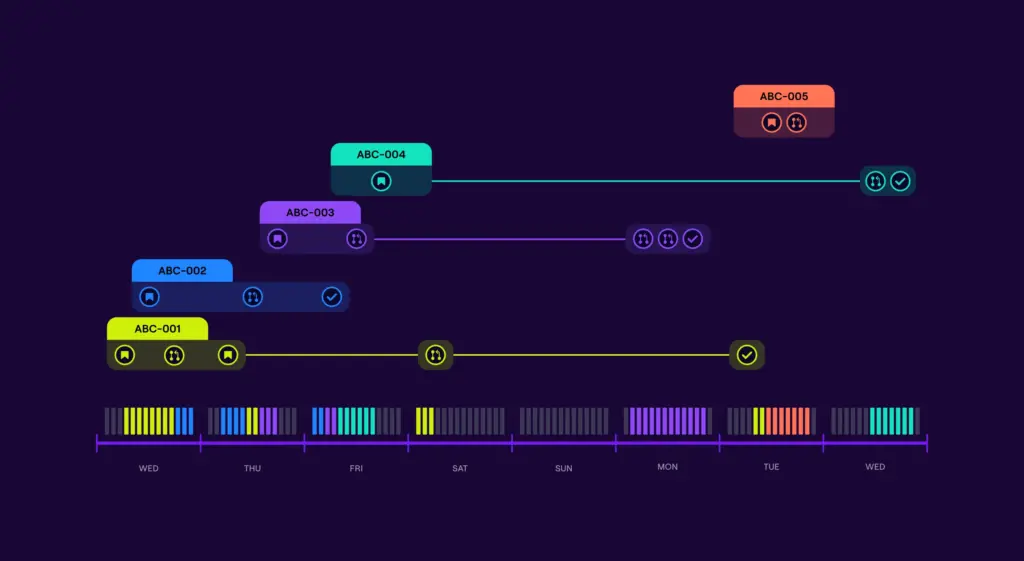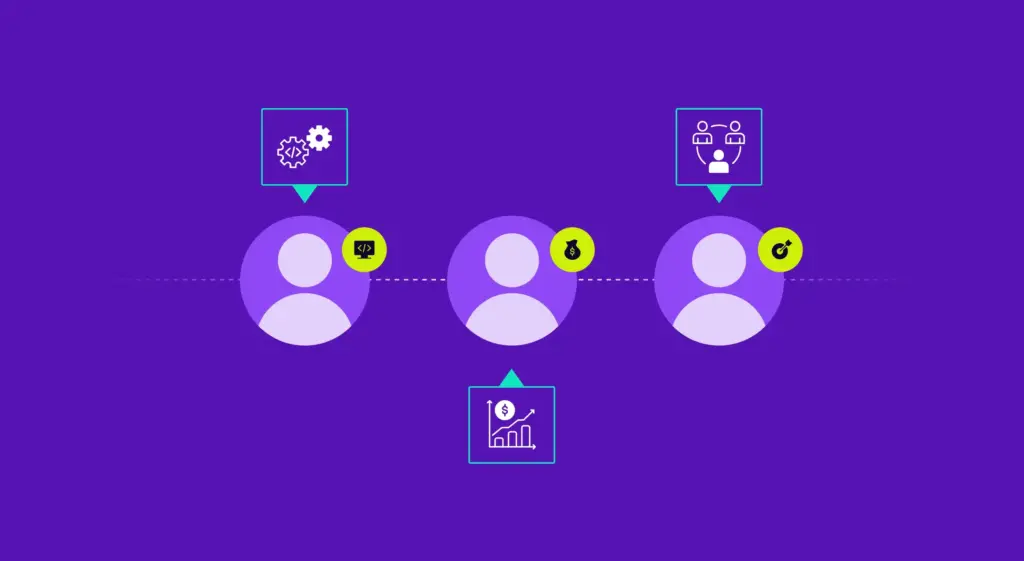Engineering teams are putting a lot of focus into improving their operations. From the 2022 State of Engineering Management report, we learned that engineering teams saw significant operational improvements over the past year. Cycle times were down 12.3% and issues resolved are up 5%. Those with Engineering Management Platforms (EMPs) saw even better operational gains across every metric measured as a part of the study. Engineers using EMPs made nearly 10% more commits than the average team, merged 10% more PRs, and resolved 14% more issues, all while decreasing cycle times by 17%.

The Operational Efficiency Hypothesis
But as we prepared the results of this year’s study, we wanted to dive deeper into the data. More specifically, we wanted to better understand why we were seeing the remarkable results from EMP users. At Jellyfish, we believe that the teams who understand the impact of their work naturally become more productive and engaged. This hypothesis comes from the SPACE Framework which discusses the indirect impact of engineering team satisfaction on other parts of engineering productivity. EMPs were built for the purpose of helping teams better understand the impact of their work, and we attribute this to the dramatic improvements in teams who use them that we’ve seen over the past 3 years of conducting the State of Engineering Management research. The question is, can we prove this?
Lucky for us, EMPs can also help us validate (or disprove) this notion. Innovation and Growth work, as we’ve defined within an EMP, is any work that was planned and completed toward the advancement of a new product, feature, capability, strategic customer development, or other major roadmap item. The importance of the work within this category is inherent in its definition. This work influences top-line revenue and usually advances the company’s most important strategic objectives. Because the value of this work is inherently understood by those that work on it, examining the productivity of this work, compared to the productivity metrics of other work categories, can help us understand if there is a relationship between work type and team productivity.
For this analysis, we used Jellyfish EMP data to examine if productivity and engagement is higher on teams who are focused on work deemed as innovative.
Teams that Prioritized Innovation Saw Higher Levels of Productivity
To answer this question, we needed to look at very specific cuts of Allocation and operational metrics. We examined the relationship between the amount of work engineering teams put towards innovation (measured in full-time engineers) and their engineering operational productivity. For simplicity, we used the metric issue cycle time to gauge operational productivity.
When we examine the data visually, a clear story begins to present itself. As we plot innovation allocation values on the Y-axis compared to average issue cycle time on the x-axis, we observe a clear negative sloping trendline. If the type of work were the only influence on productivity, the R2 value would be 1.0; if there was no correlation between the two, the R2 value would be 0. With a R2 value of 0.38, we believe that the correlation between innovation and issue cycle time is significant, but only one of many factors in this productivity equation.

Examining the same graph further, we can quantify the difference in cycle time between teams that spend very little time on innovation work compared to teams that spend over 50% of their time on innovation. When we account for all the scatter points on the graph, we find that teams who devote 50% or more resources to growth and innovation are delivering software 3X faster than those who devote 25% or less.
What We Learned
We’ll continue to explore the phenomenon over time and across additional operational metrics in the future as it could yield important takeaways for engineering management. This initial analysis points to a notion we believe strongly – that giving engineers insight into the impact of their work is a best practice for engineering leadership. Innovation work is an obvious way to see impact on the business, but let’s not stop there. Reading teams into the impact of whatever work they are doing will help to create healthier, happier, more productive teams.







